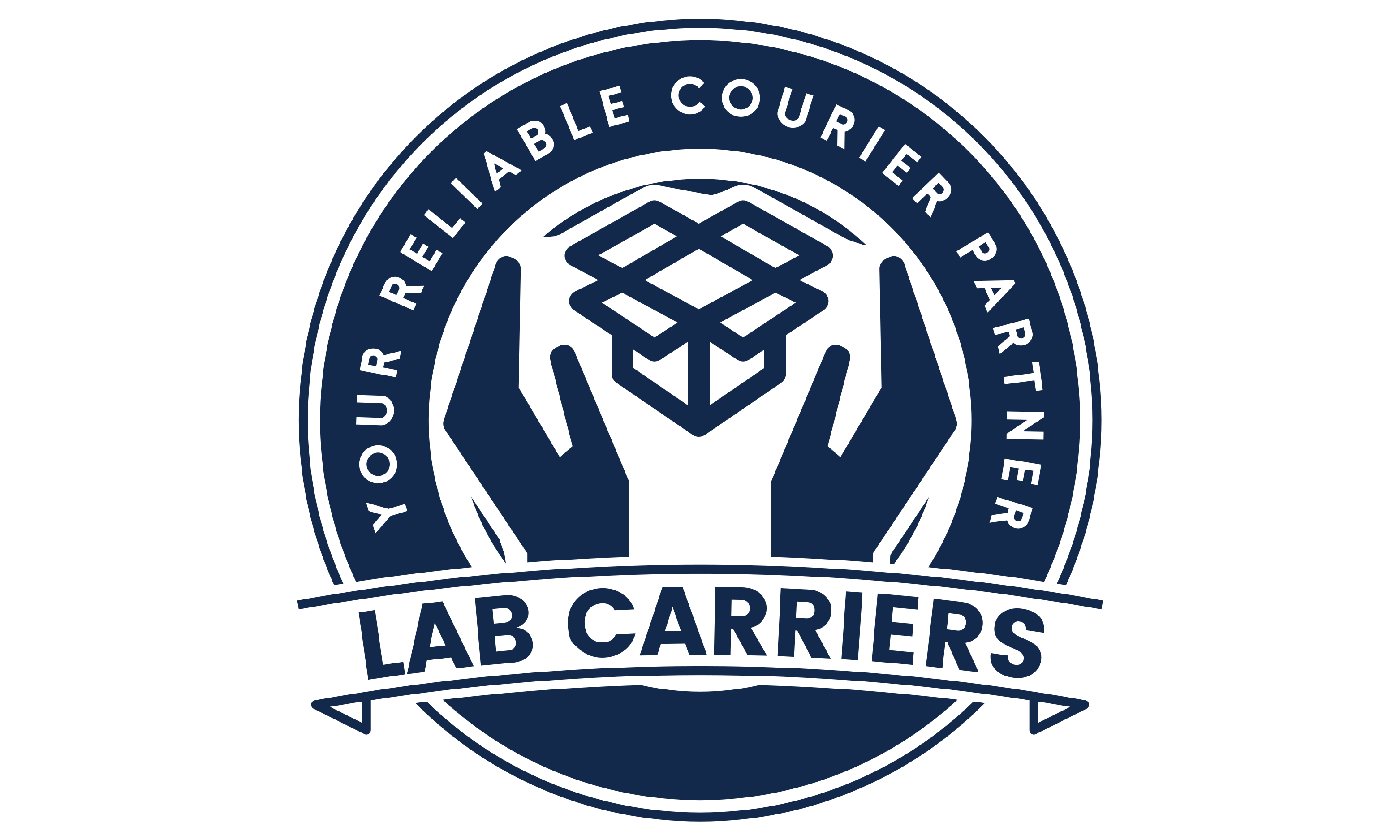The term “supply chain” refers to the entire process of making and selling a product, from the procurement of raw materials to the delivery of the finished product to the end consumer. It encompasses all the various stages and activities involved in producing and delivering goods or services. A typical supply chain includes the following key components:
- Supply Chain Planning:
- Strategic planning for sourcing materials, manufacturing, and distributing products.
- Forecasting demand and determining production schedules.
- Procurement or Sourcing:
- Acquiring the necessary raw materials or components for production.
- Establishing relationships with suppliers and negotiating contracts.
- Manufacturing or Production:
- Transforming raw materials into finished goods through the production process.
- Quality control measures to ensure products meet standards.
- Distribution:
- Managing the movement of finished goods from the manufacturer to distributors, retailers, or directly to consumers.
- Optimizing logistics and transportation to minimize costs and delivery times.
- Logistics:
- Coordinating the transportation, storage, and handling of goods throughout the supply chain.
- Utilizing technology for real-time tracking and optimization.
- Inventory Management:
- Monitoring and controlling the levels of raw materials, work-in-progress, and finished goods to meet demand while minimizing excess inventory.
- Retailers or End Users:
- The final stage of the supply chain involves getting products into the hands of consumers through various distribution channels, including retailers or direct sales.
- Information Flow:
- The exchange of information between various stages of the supply chain, facilitated by technology and communication systems.
- Data sharing to enhance coordination, reduce lead times, and improve overall efficiency.
- Risk Management:
- Identifying and mitigating potential risks that could disrupt the supply chain, such as natural disasters, geopolitical events, or disruptions in the availability of key materials.
- Sustainability and Compliance:
- Ensuring that the supply chain operates in compliance with relevant regulations.
- Implementing sustainable practices to reduce environmental impact.
Efficient supply chain management is critical for businesses to meet customer demands, minimize costs, and stay competitive in the marketplace. Advancements in technology, such as the use of data analytics and automation, continue to play a significant role in optimizing supply chain processes.


